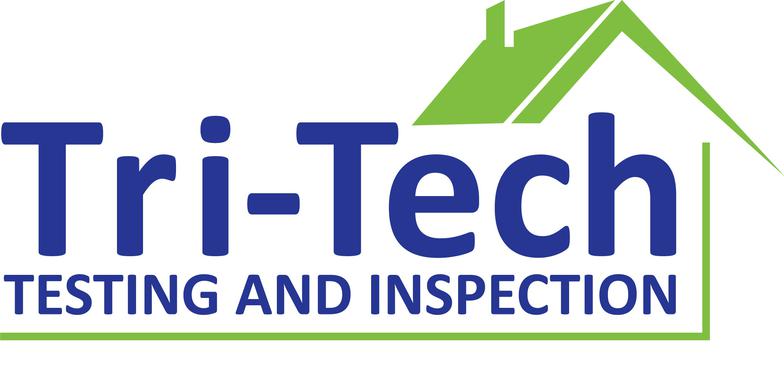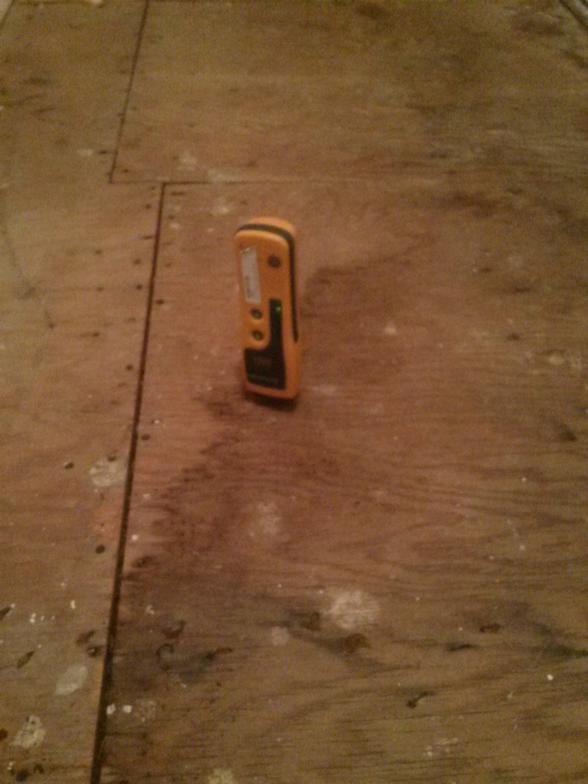(serving SE Michigan)

Mold Assessment and Moisture Intrusion Services
Health Risks Associated with Mold
Mold is perhaps the most controversial and misunderstood home health concern. Many in my business are eaqer to exaggerate the health risks associated with black mold or molds in general as a way of promoting the business. However, on the other hand many building owners and contractors are too eager to entirely dismiss the health concerns associated with mold. The truth is that mold does not follow the patterns and models associated with other indoor air contaminants. Mold is an evolving concern that does not follow any convenient philosophy. The science of mold testing itself is controversial for those who try to overthink things. Mold is one of those things that is merely a nuisance and irritant for a majority of the population. Yet every once in a while it inconveniently surprises us. For example, I know of an asthmatic that collapsed and died unexpectedly in a grocery store. Based on the variety of food odors and moisture sources, a grocery store that is not well-kept can be a bazaar of different molds. More about mold health risks here .
Tri-Tech brings a balanced "big picture" approach to mold assessment. In reality, much of the concern associated with mold is based on rather mundane allergenic effects rather than risks of infection or other chemical hypersensitive effects, both of which are uncommon. Learn more about mold mycotoxins , which can be related to various acute or chronic health effects. In my experience, too much emphasis is placed on disinfection, which is generally not necessary since the main concern associated with mold is its allergenic and "toxic" potential, which is unrelated to whether mold is "living" or "dead."

A mold abatement worker cleaning mold off a plaster wall due to moisture intrusion from an improperly installed underground sprinkler system
Is the Building the Problem?

Experiencing respiratory health effects in your home that you think might be related to mold? The first step to find the source and Tri-Tech can often help you with that. Consider first the various mundane mold sources in your home that might be aggravating a condition and could interfere with air testing. Also consider all the other indoor air quality contaminants that could potentially be affecting you. Mold Inspection
• Defining the mold spore levels in a building following completion of a restoration or abatement project. The air test results can be used to provide assurances that the mold spore levels are "safe" and that no hidden or chronic problem remains. sample report is available for download. A common additional consideration for abatement of moldy drywall is whether asbestos is present in the joint compound .
Mold Testing
Mold testing services can fill the following role in baseline assessment, restoration and abatement projects:
• Determining the type and levels of mold present for health complaint or restoration scenarios. • Defining the mold spore levels in a building following completion of a restoration or abatement project. The air test results can be used to provide assurances that the mold spore levels are "safe" and that no hidden or chronic problem remains.
• Defining the background level of mold in a house when a limited scope project is undertaken and funds are not available to do a full mold cleanup of a building.
Moisture meters are used to verify building materials are dry following response actions
In addition to the moisture meter shown above, infra-red camera survey can be used to identify potential damp spots or areas of condensation associated with mold problems. This technology uses measurements in the infra-red radiation spectrum to map surface temperatures. Problem areas may be distinguished by identification of cold spots on various building surfaces. Mold Assessment and Abatement
The general approach to dealing with mold is to remove/correct the moisture source and remove the damaged building materials. Most mold projects can be dealt with a restoration projects rather than mold abatement projects. What is the difference? Speed. If you remove the mold and the moisture source, the mold will eventually go away on its own through ventilation, natural degradation and other attenuation mechanisms. However, mold spore counts will likely remain high for days or weeks if mold is removed without special precautions or controls. Mold abatement is appropriate when speed counts and mold needs to be removed and a living space restored quickly for re-occupancy. Learn more about the mold and moisture assessment and remediation process for a catastrophic release (e.g. basement flood) or chronic moisture problem.
There are no mold regulations in Michigan. The lack of mold regulation is beneficial in that it allows a flexible and pragmatic approach to a given mold situation and costs can be balanced against the timetable for completion of the project. In a few circumstances, duct cleaning is performed as part of a mold abatement project.
Homeowners and contractors performing restoration projects may elect to do their own mold cleanup or abatement if the mold is not a high-risk mold type. Many will opt to leave dealing with high-risk mold types to the professionals although this is not necessarily required for non-allergic personnel who take some precautions.
In a few circumstances, duct cleaning is performed as part of a mold abatement project.
Tri-Tech had an article on the non-allergenic effects of mold published in the Michigan Association of Environmental Professionals Quarterly newsletter (Summer, July 2020). You can dowload the whitepaper Mold Toxins and Infections article.
REQUEST INFORMATION
We will get back to you as soon as possible
Please try again later
Oak Park, Michigan USA
